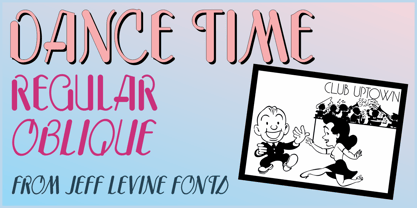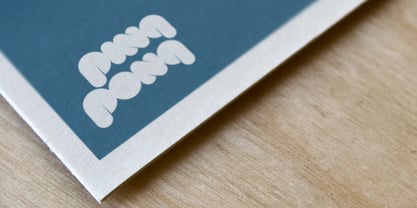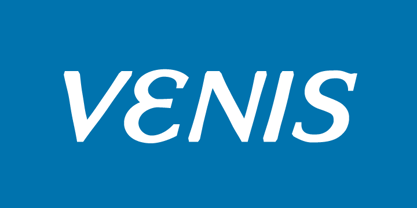10,000 search results
(0.015 seconds)
- Fruitopia - Unknown license
- GrossNet - Unknown license
- Arts And Crafts-GS by Bannigan Artworks,
$19.95 - Maiandra by Galapagos,
$39.00 - Electrox - Unknown license
- Dance Time JNL by Jeff Levine,
$29.00 - IranianHandLettered - Unknown license
- TWT Pavane by Three Islands Press,
$29.00 - Bolda Display by The Infamous Foundry,
$29.00 - TGIFriday - Unknown license
- Walter - Unknown license
- BabyBazonga - Unknown license
- Holywood - Unknown license
- Salamander - Unknown license
- XFiles - Unknown license
- Flame - Unknown license
- Chelsea Studio by Scriptorium,
$18.00 - Ihminen - Unknown license
- Magnump.i. - Unknown license
- Jamiro - Unknown license
- Beam - Unknown license
- RMPenquin - Unknown license
- RMBuggy - Unknown license
- RMFido - Unknown license
- RMMouthy - Unknown license
- RMChicky - Unknown license
- RMSignpost - Unknown license
- Playtoy - Unknown license
- Harry Potter - Unknown license
- Rambo Killer - Unknown license
- Hot Pizza - Unknown license
- Elastic Wrath - Unknown license
- RMGator - Unknown license
- Mana Mana - Unknown license
- Babe Bamboo - Unknown license
- Bat Ben - Unknown license
- Bearpaw - Unknown license
- Brand New Heavies - Unknown license
- Redd or dedd - Unknown license
- Venis by Chank,
$99.00



































